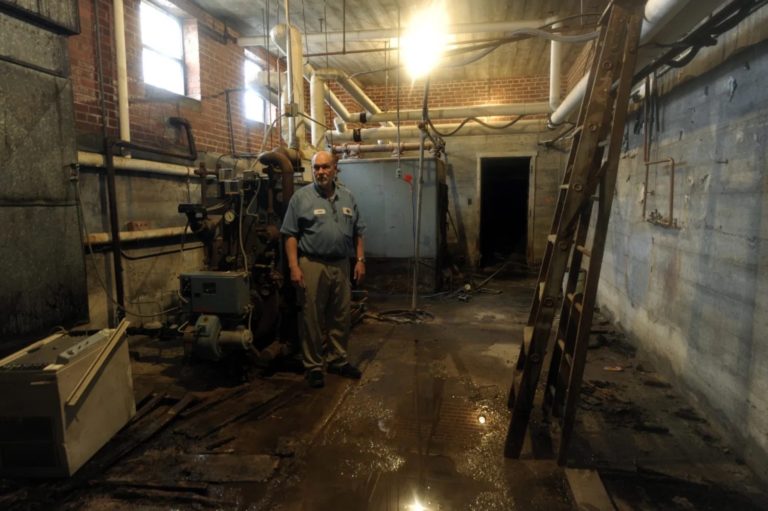

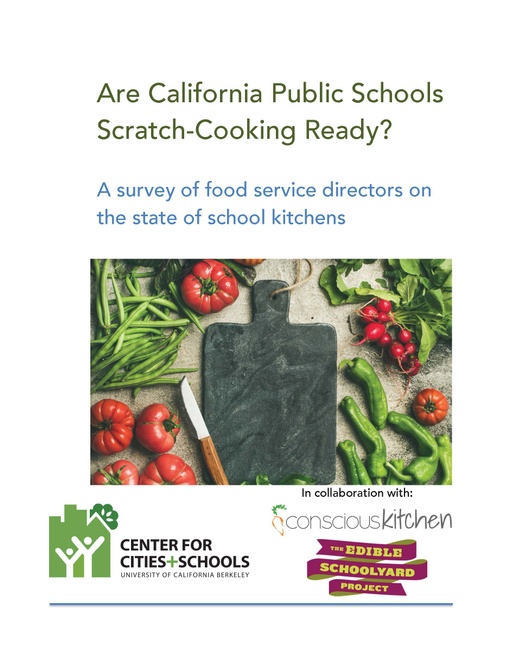
Are California Public Schools Scratch-Cooking Ready? A survey of food service directors on the state of school kitchens
One way to serve healthier school meals is by incorporating “scratch-cooking” techniques, whereby many or most of the ingredients are prepared onsite from a raw and/or minimally processed form, into school food service programs. However, the vast majority of public school kitchens across the U.S. and in California are not designed and/or equipped to scratch…

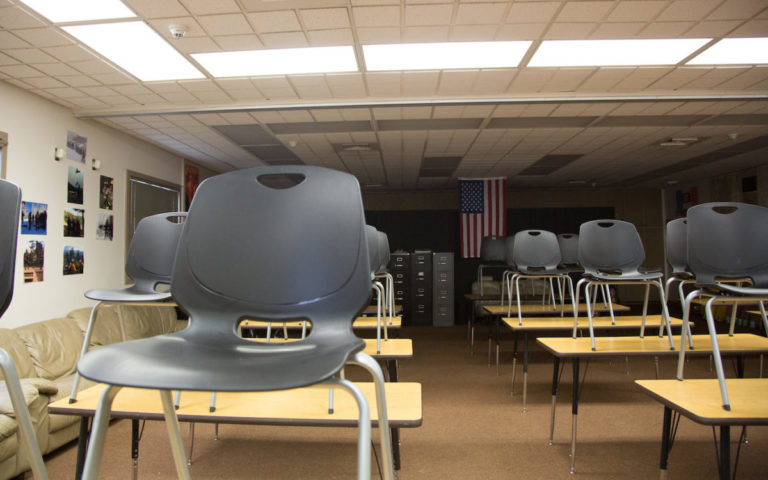


COVID-19 BRIEF #1: Reopening Schools Safely and Equitably Amidst the COVID-19 Pandemic: School Facilities are Frontline Defense in Reducing Risk
As the novel coronavirus, SARS-CoV-2, rapidly spread across the globe in Spring 2020, one of the most widely implemented risk reduction measures utilized was to physically close all school buildings. Reopening America’s public schools for site-based instruction safely amidst the ongoing COVID-19 pandemic (without a vaccine) is remarkably complicated and hotly debated. Operating healthy school…
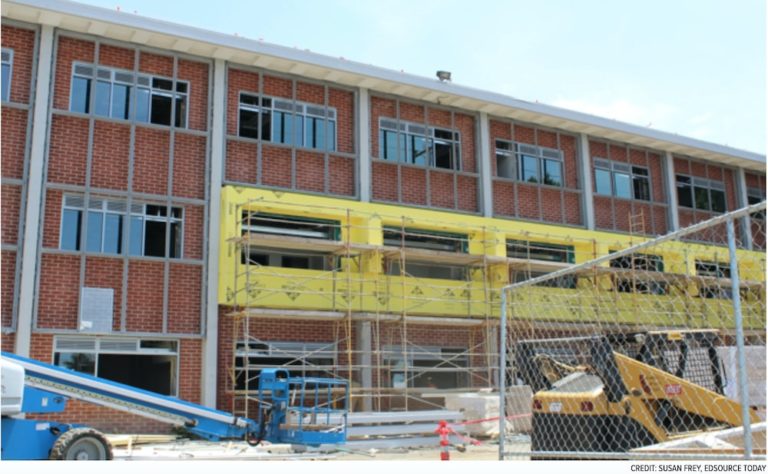
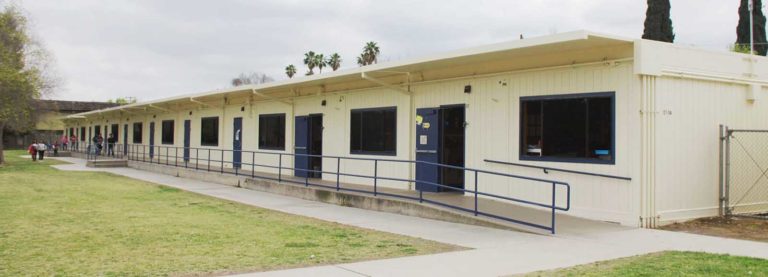

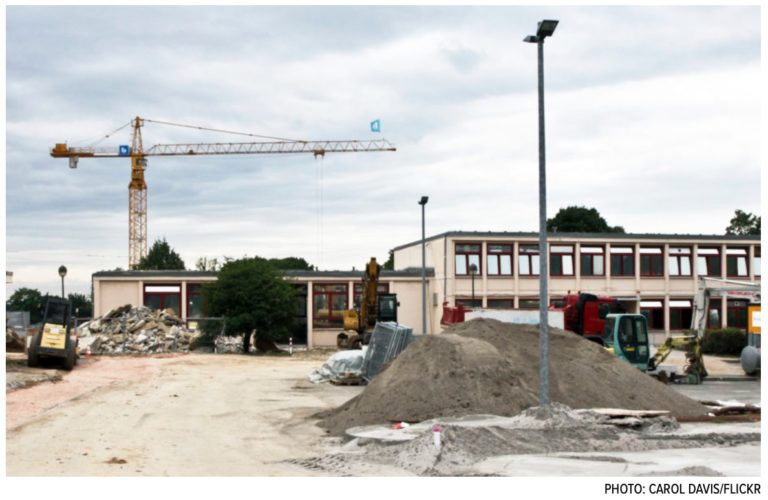

Financing School Facilities in California: A 10-year Perspective
California’s 6-million-student public school system includes a vast inventory of publicly owned buildings and property. All of these facilities need to be maintained and some need major renovations to ensure health, safety, and educational suitability. Some communities also need new school buildings to house a growing student population. Research suggests students learn better in classrooms…
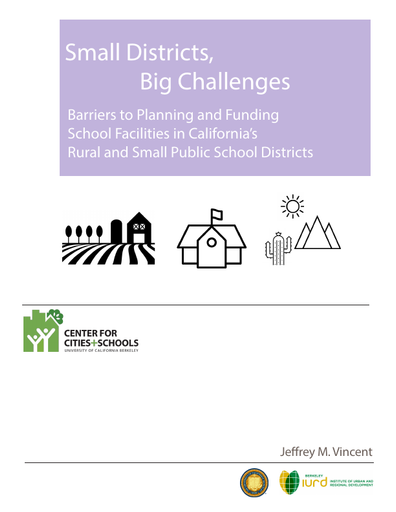
Small Districts, Big Problems: Understanding Barriers to Planning And Funding School Facilities In California’s Rural and Small Public School Districts
In 2017, the California Department of Education (CDE) announced the “Small School District Assistance Initiative,” aimed at providing targeted assistance to small and rural school districts in the state. To aid CDE’s efforts, this study investigates the facility challenges and issues facing rural and small school districts in California. We utilize a mixed method approach to understand the capital investment…
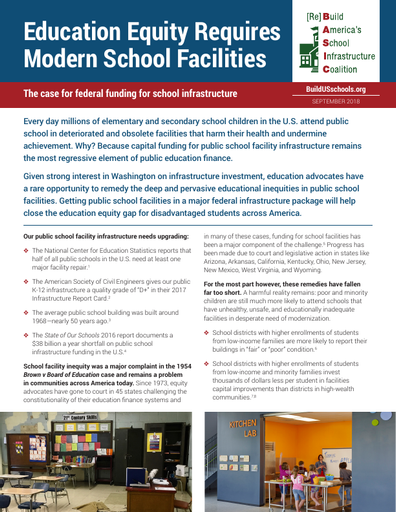
Education Equity Requires Modern School Facilities
Every day millions of elementary and secondary school children in the U.S. attend public school in deteriorated and obsolete facilities that harm their health and undermine achievement. Why? Because capital funding for public school facility infrastructure remains the most regressive element of public education finance. Policy brief by BASIC ([Re]Build America’s School Infrastructure Coalition)
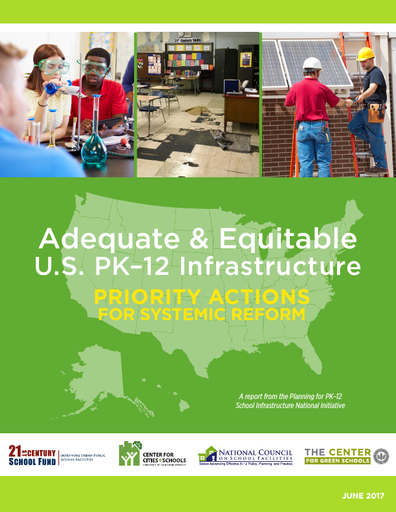
Adequate & Equitable U.S. PK-12 Infrastructure: Priority Actions for Systemic Reform
A joint report from the Center for Cities + Schools, 21st Century School Fund, Center for Green Schools, and National Council on School Facilities Our country’s elementary and secondary (PK–12) public school infrastructure is in crisis. Every day, millions of children in the U.S. attend public school in unhealthy, unsafe, educationally inadequate, environmentally unsustainable, and…
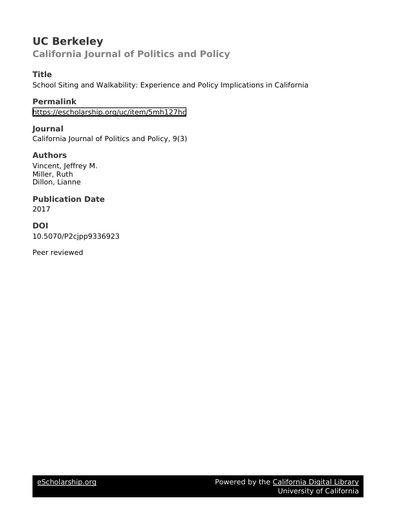
School Siting and Walkability: Experience and Policy Implications in California
Journal of Politics and Policy, vol. 9, no. 3 As California looks to implement a Health in All Policies approach into state decision making, and weave health, equity, and environmental sustainability into more policies, a better understanding of the relationship between school siting and walkability is needed, particularly considering that the state provides funds to…
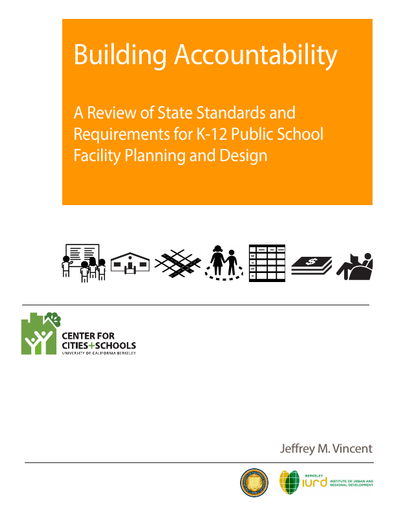
Building Accountability: A Review of State Standards and Requirements for K-12 Public School Facility Planning and Design
To inform state lawmakers on appropriate policies for K-12 school facility planning and design, this paper investigates standards in seven state policy areas (educational space, minimum essential facilities, indoor human comfort/environmental quality, school site size, planning process, maintenance, and charter schools) in ten case study states: California, Colorado, Florida, Maryland, Massachusetts, New Mexico, New York,…
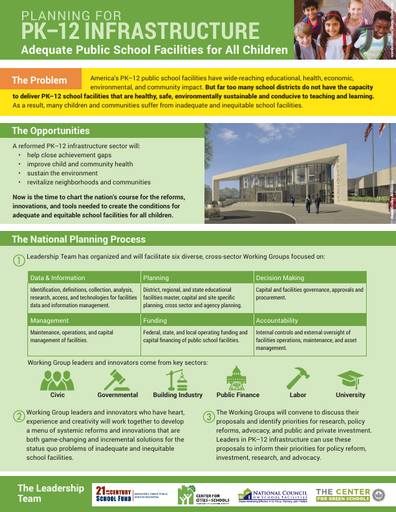
New National Initiative: Planning for Pk-12 Infrastructure: Adequate Public School Facilities for All Children
CC+S is partnering with the 21st Century School Fund, The Center for Green Schools, and the National Council on School Facilities to address the structural problems of inequitable and inadequate school facilities found in too many communities across the U.S.
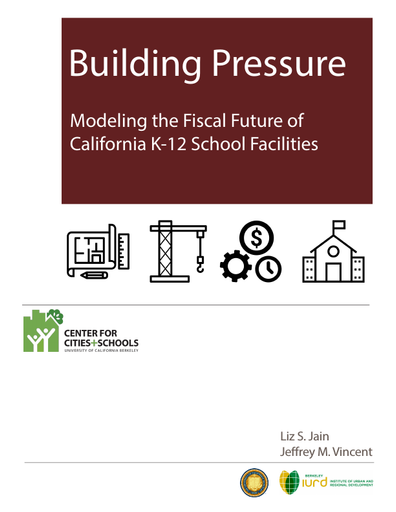
Building Pressure: Modeling the Fiscal Future of California K-12 School Facilities
Through this initiative, six national cross-sector working groups have developed a menu of solutions to guide government, industry, labor, and the civic sector in the delivery of high performance public PK-12 infrastructure for all children. The six working groups are organized around basic elements of a well-managed facilities program: Data and Information, Educational Facilities Planning,…
End of content
End of content
